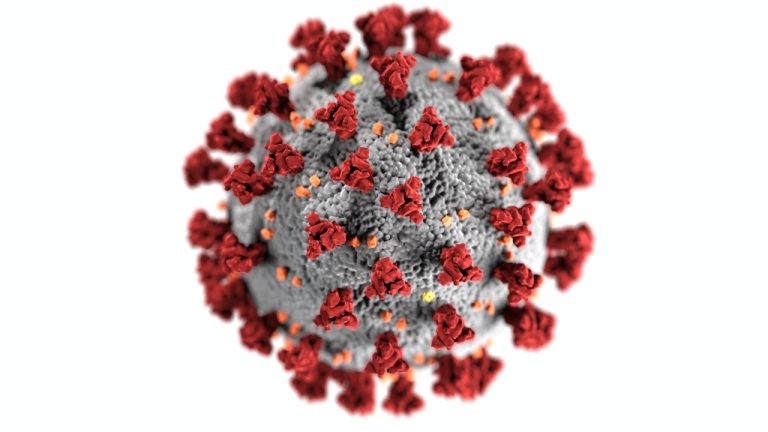Diet Plan For Type 1 Diabetes

In type 1 diabetes, the pancreas can no longer release insulin. The high blood sugar that results can lead to complications such as kidney, nerve, and eye damage, and cardiovascular disease.
Meal timing is very important for people with type 1 diabetes. Meals must match insulin doses. Eating meals with a low glycemic load (index) makes meal timing easier. Low glycemic load meals raise blood sugar slowly and steadily, leaving plenty of time for the body (or the injected insulin dose) to respond. Skipping a meal or eating late puts a person at risk for low blood sugar (hypoglycemia).
Foods to eat for a type 1 diabetic diet include complex carbohydrates such as
-
- brown rice,
- whole wheat,
- quinoa,
- oatmeal,
- fruits,
- vegetables,
- beans, and
- lentils.
- Foods to avoid for a type 1 diabetes diet include
- sodas (both diet and regular),
- simple carbohydrates – processed/refined sugars (white bread, pastries, chips, cookies, pasta), and
- trans fats (anything with the word hydrogenated on the label), and high-fat animal products.
- Fats don’t have much of a direct effect on blood sugar but they can be useful in slowing the absorption of carbohydrates.
- Protein provides steady energy with little effect on blood sugar. It keeps blood sugar stable and can help with sugar cravings and feeling full after eating. Protein-packed foods to include on your menu are beans, legumes, eggs, seafood, dairy, peas, tofu, lean meats, and poultry.
- Five types 1 diabetes “superfoods” to eat include fiber, sardines, vinegar, cinnamon, and berries.
- The Mediterranean diet plan is often recommended for people with type 1 diabetes because it is full of nutrient-dense foods, including lots of fresh vegetables, some fruit, plant fats such as olive oil and nuts, fish such as sardines, and occasional meat and dairy.
Foods to Eat With Type 1 Diabetes
The good news is that people with type 1 diabetes can eat any and all foods. The key here is to make sure you identify which foods contain carbs so that you’re making sure to dose your insulin based on the carbs you’re eating. Ultimately, you are the brains behind insulin dosing and managing your blood glucose levels.
In general, the dietary recommendations for people with type 1 diabetes are the same as for those without diabetes, with a few extra notes:
- Eat lots of fruits and veggies.
- Include whole grains, legumes, and low-fat dairy (or dairy substitutes such as soy.
- Aim for foods that are low in saturated fat, trans fats, and cholesterol.
- Swap red meat for lean meats, fish, eggs, legumes, nuts, seeds, and soy products.
- Make sure you’re getting enough fiber (25 to 30 grams per day)—it can help control your blood sugar levels.
- Avoid highly processed foods and eat as many whole foods as possible. Examples of whole foods are fresh fruits and veggies, whole grains, eggs, nuts, beans, fish, and shellfish.
- Though you can have artificial sweeteners in moderation, work on decreasing your consumption.
- Increase your water intake if needed. Most people need around four to six cups a day, but this may be different depending on your overall health and whether you eat foods that are high in water (like yogurt and most fruits and vegetables). Talk to your doctor if you’re not sure how much water you should be getting.
- Avoid foods with added sugar most of the time.
- Watch out for foods or drinks that say they’re sugar-free or fat-free. Compare the label with a similar product that isn’t sugar- or fat-free to decide which is better for your needs based on calories, carbs, fiber, and fat.
- Foods with less than 20 calories and 5 grams of carb per serving are considered “free foods” because they won’t affect your weight and you won’t need more insulin.
- If you choose to drink alcohol, do it in moderation (one serving max per day for women and two servings max per day for men). Be sure to monitor your blood sugar in case you need to change your insulin dose.
- Watch your portion sizes. The idea is to eat reasonable amounts no matter what the food is.
Foods to Avoid With Type 1 Diabetes
There are no foods that need to be avoided. What’s really important is understanding the impact foods have on your blood sugar levels so you’re able to manage them. That said, no one—with or without diabetes—needs to drink a gallon of Hawaiian Punch every day or eat large quantities of foods that are fried or high in sugar and sodium either.
Type Of Diet
Vegetarian or Vegan Diet
A vegetarian diet means you don’t eat any meat, poultry, or fish. A vegan diet is a stricter type of vegetarian diet in which you don’t eat any animal products either, such as eggs, cheese, or milk.
A vegetarian diet can be beneficial for people with type 1 diabetes, but how beneficial depends on what foods you choose to eat. For instance, if you eat a lot of simple carbs such as potatoes, pasta, white rice, white bread, and starchy foods, this can cause high blood sugar levels.
But if you focus on eating veggies, fruits, whole grains, nuts, and legumes instead, your body’s response to insulin and your blood sugar levels can actually improve. Vegetarian diets can also help you lose or maintain weight and lower your risk of heart disease, a common complication of diabetes.
Plant-Based Diet
A plant-based diet is not the same as a vegetarian or vegan diet, although it sounds similar. Most of what you eat is plant-based, but you can also have beef, poultry, fish, eggs, and dairy products, though you’ll eat less of them and not as often.
A plant-based diet consists of eating mostly these foods:
- Whole grains, such as brown rice, popcorn, oatmeal, whole wheat bread and pasta, and whole grain cereals
- Fresh fruits and vegetables
- Legumes (peas, beans, peanuts, and lentils)
- Unsalted nuts
- Healthy oils such as olive oil
Processed foods, refined grains, snack foods, and beverages that are sweetened with sugar are off-limits in this diet.
Examples of a plant-based eating patterns include the Indian diet and the Mediterranean diet.
Can a plant-based diet help type 1 diabetes?
A plant-based eating pattern can have benefits for many people, especially when it comes to heart health. In terms of helping type 1 diabetes, eating a plant-based diet may make it easier to follow the ADA’s recommendation to eat lots of non-starchy vegetables, minimize added sugar and refined grains, and choose whole foods over highly processed foods whenever you can.
Indian Diet
A traditional Indian eating pattern is mostly plant-based and includes food from all the food groups: vegetables, fruits, nuts, and seeds; whole grains; pulses (legumes); dairy; fats such as coconut oil and ghee (clarified butter); and a variety of spices, such as turmeric, cumin, coriander, and saffron. Eggs, poultry, fish, and meat are also part of this eating pattern, though they’re eaten less often.
An Indian diet is a healthy option as long as you follow the general dietary guidelines for healthy eating above, including observing recommended portion sizes.



